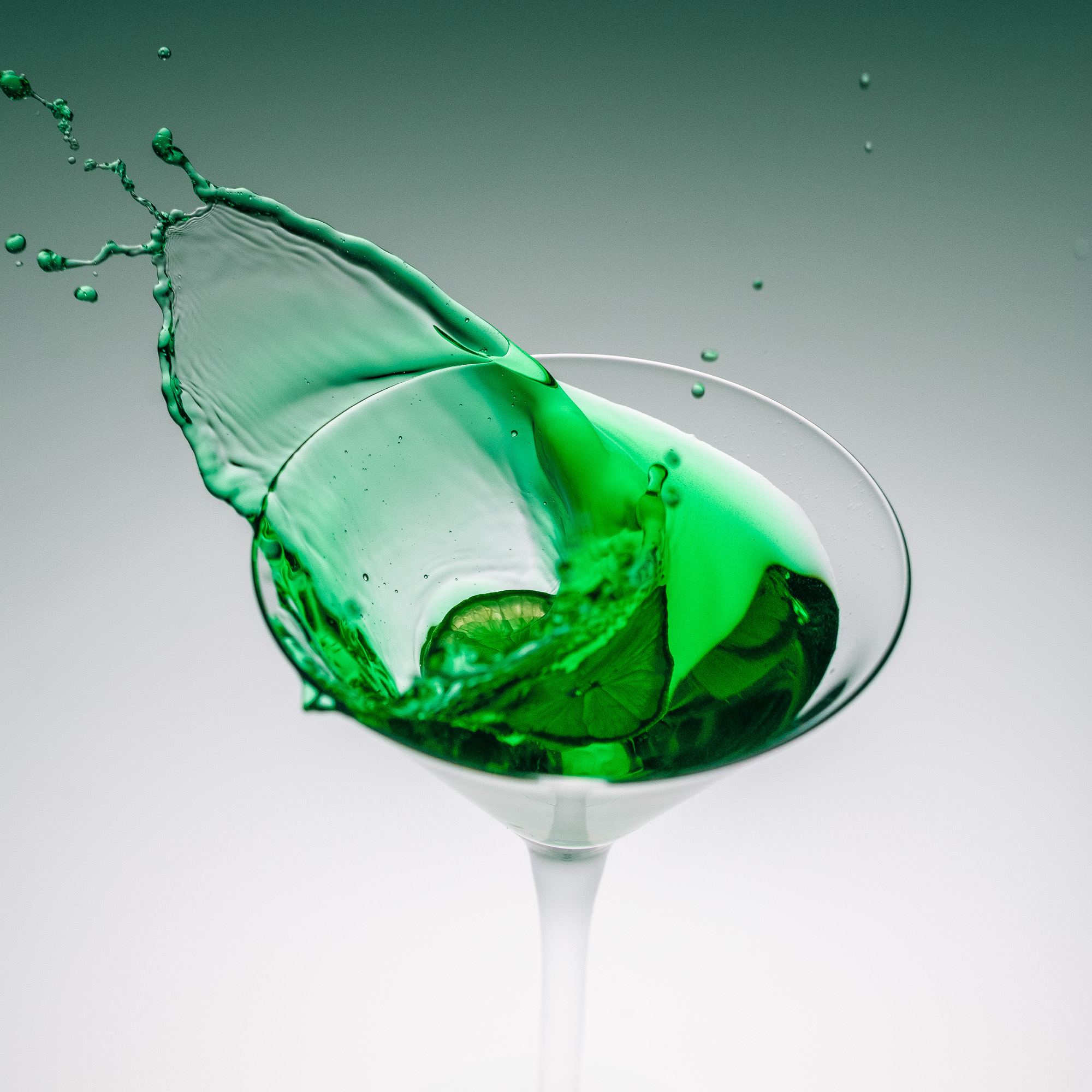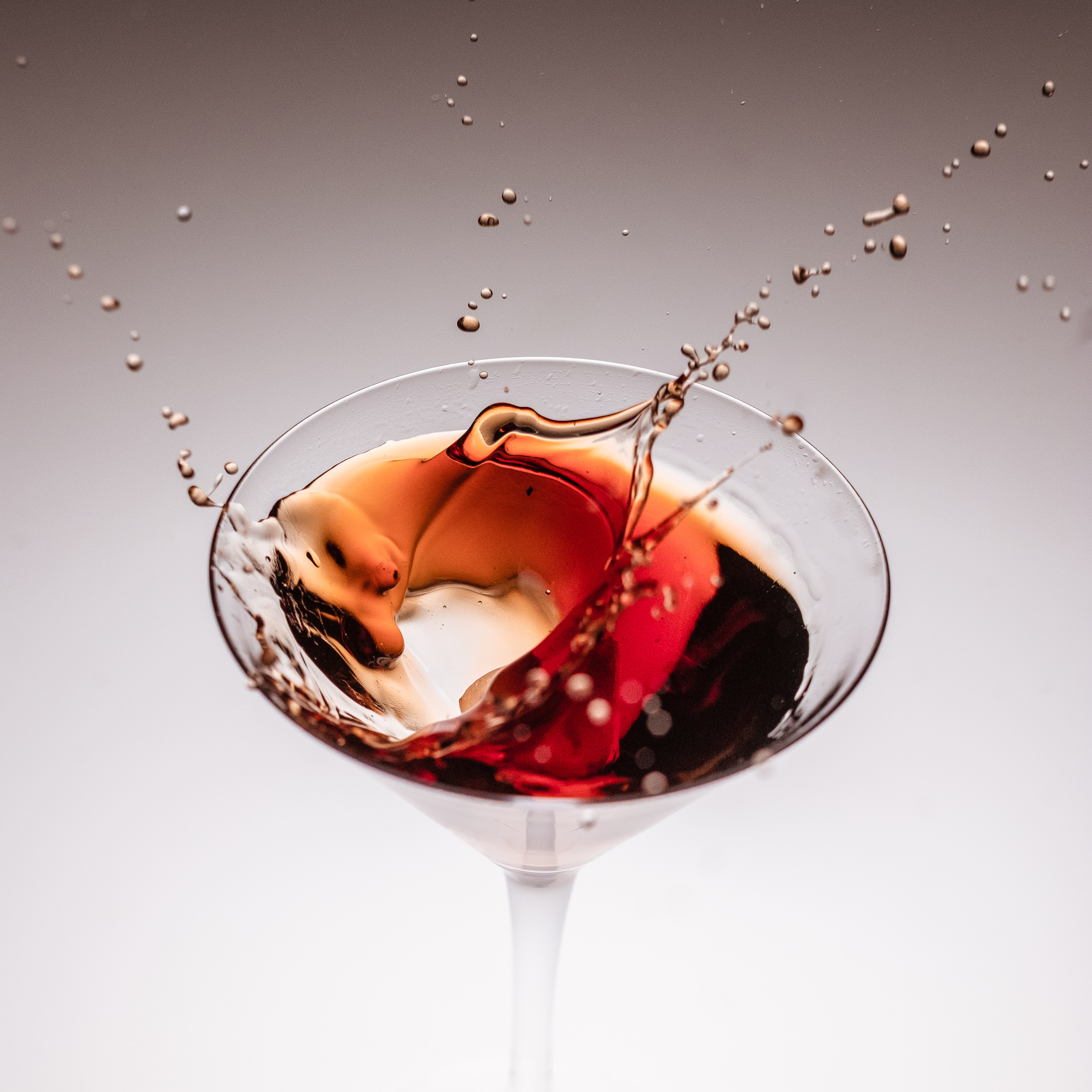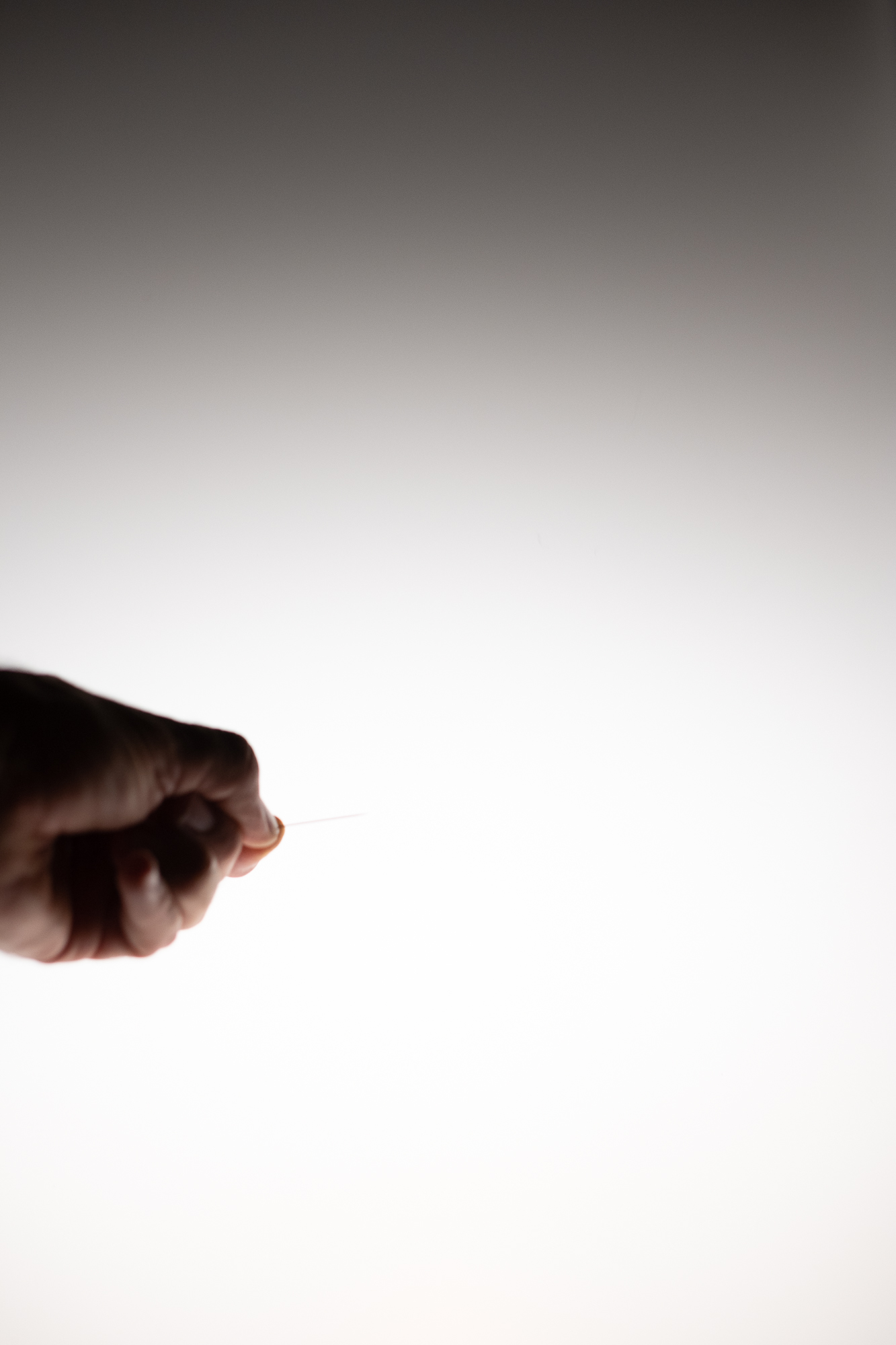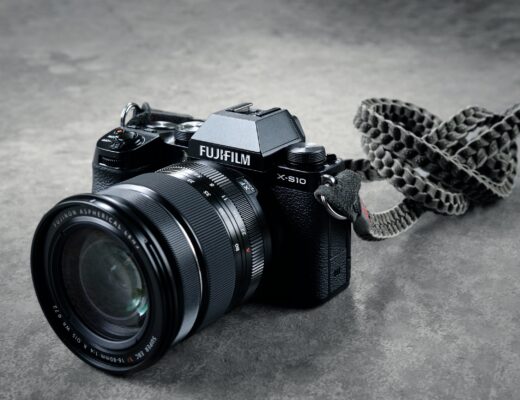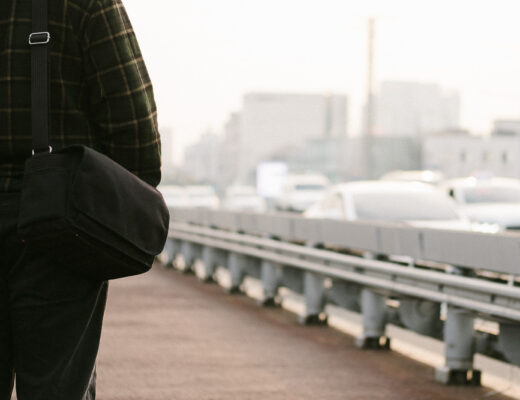Generally speaking, I’m not a big fan of vertical grips. I tried them thoroughly in my first years of professional photography, when ‘the bigger the camera the better the photographer’ was kind of the motto, but I never really loved them. Sure, they make shooting vertically easier and more comfortable, but they also make the cameras bulkier and heavier. Bulkier, as in ‘doesn’t fit in the bag’, if you know what I mean. So, now that the whole photographic business is orienting towards (luckily) a reduction in weight and size (something Fujifilm is doing better than the others, if I may say so), vertical grips make less and less sense. Ok, you get more juice thanks to the two batteries, but it’s not that difficult to simply swap a battery and so avoid all the extra bulkiness of the grip, is it?
Then there’s the VPB-XT2, the X-T2 grip, which is not a grip. It looks like it and it obviously works like it, but it is also designed to be a performance upgrade of the whole system. There’s even a dedicated lever on the grip to switch from NORMAL to BOOST mode, thus making it really easy to unleash the whole power of this special grip. When in boost mode and powered with two EXTRA batteries (yes, because you keep the one in the camera as well, for a total of three batteries), the grip affects all sorts of performances, like AF speed, EVF refresh rate, shooting interval, shutter time lag, blackout time and high-speed continuous shooting.
The latter almost doubles up from a normal 8 fps to a wild 14 fps! There’s a disclaimer, actually: the 14 fps is available only when shooting with the electronic shutter, which isn’t ideal if you’re moving while shooting due to the rolling shutter issue, in which case you better opt for the mechanical shutter. The increase in cadence is still there with 11 fps available, thanks to the extra juice from the grip. With that speed (11 and 14 fps are both a lot) there’s a lot of new things you can do.
Let’s see, for example, if we can use this extra speed to capture beautiful and rich shots of the very moment a liquid gets hit by a solid. I got a few martini glasses, I mixed some weird drinks only for the sake of the colours (I have to admit I don’t like the Midori or the Bols’ apricot brandy – they have been catching dust on my bar for three years already, so I was particularly glad to put them to some use for this article), and placed them on my still-life table. I used continuous light, instead of flash, because none of my flash units can stand the 11 fps (nor the 14 fps!), and most probably yours won’t either. I own a simple Godox SL60W, which I use in works like this one, so I placed it under the table, focusing its light exactly under the glass.
With the X-T2 on a tripod, the Fujinon XF56mmF1.2 mounted on it, I framed the glass so as to leave some space around to catch the exploding drops, and then I set the proper exposure. Since I wanted to freeze the drops, I had to settle for 1/4000th of a second of shutter speed. In order to keep the ISO down (and the details up), I had to open the aperture to a f/3.2, which got me a ISO 640 at the proper exposure. Obviously the Godox SL60W was already set to its maximum power.
Then I only had to press the shutter, hear the burst happening and throw the ice in the glass within 25 shots (the maximum burst I can get), which, at 11 fps, means more than two seconds – a lot of time, if you ask me. The results were absolutely satisfying but they also clearly showed the effects of the shallow depth of field of a 56mm at f/3.2, which can be an advantage or a disadvantage, depending on the subject you want to shoot. I tried slowing down the shutter speed to 1/1000th of a second but the drops showed immediately some motion blur. So, either you increase the light (like using a 100W or more lamp) or you increase the ISO, but be careful with the noise.
If you think that all this means that with the grip you can now freeze anything, think again! As an example, I shot an exploding balloon with the same technique. It was impossible to capture the explosion. I have one shot with the balloon, and the next one with only my hand and the needle. No balloon anymore.
I didn’t try the 14 fps because I knew it wouldn’t make any difference. But to show you how fast something like an exploding balloon can be, I recorded it with my GoPro at 200 fps (waaaaay beyond the 11 fps). Here’s the video slowed down eight times. As you can see, no trace of the explosion here.
Does it mean you can’t shoot an exploding balloon? Absolutely not! It can be done. You just need 60,000 fps to capture it!
Wrapping up, I sincerely suggest getting the X-T2 grip because it improves a lot of the camera performances, gives you the option for way faster bursts and, by powering the camera with three batteries, lasts a really long time, even while on BOOST mode. The fact that the grip can also be used to charge both batteries by connecting it to the power adapter (which was included with the grip) makes it only sweeter.
I hope you enjoyed the article, if you have any questions or doubts, please feel free to ask here in the comments or by emailing me directly!


